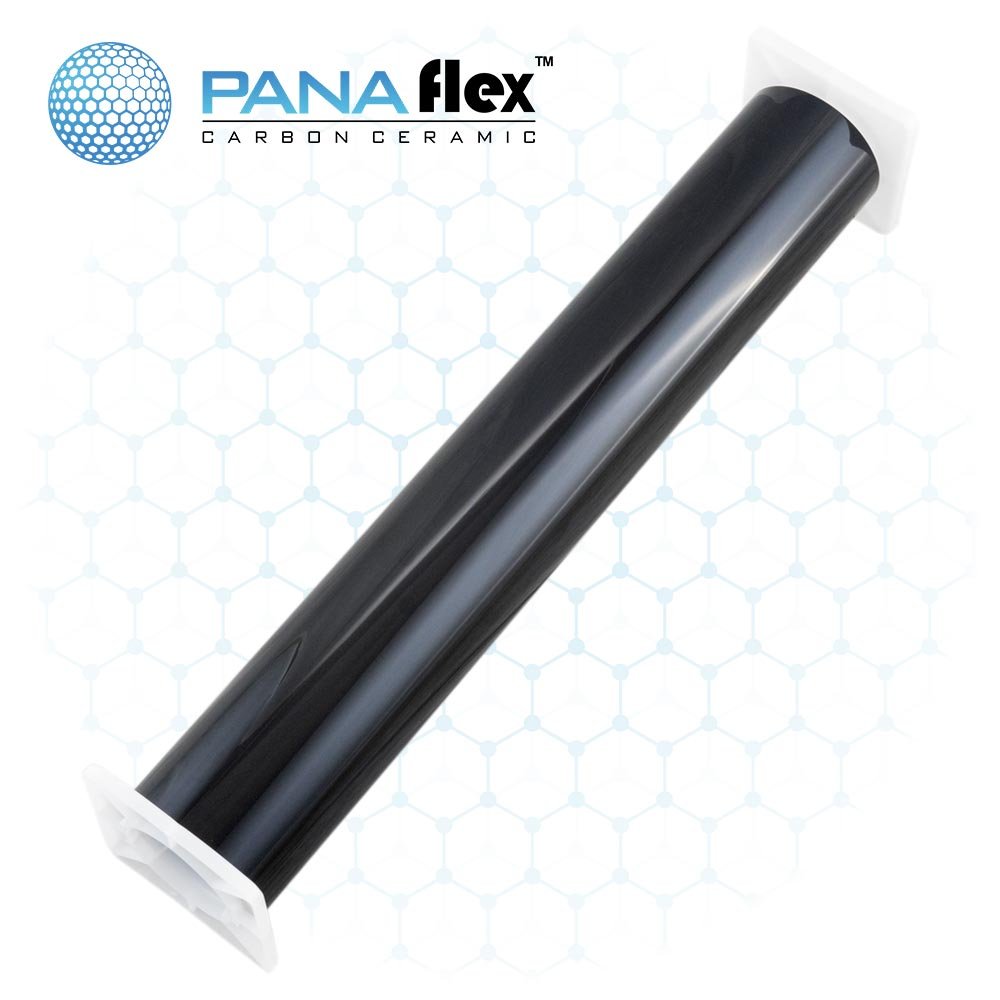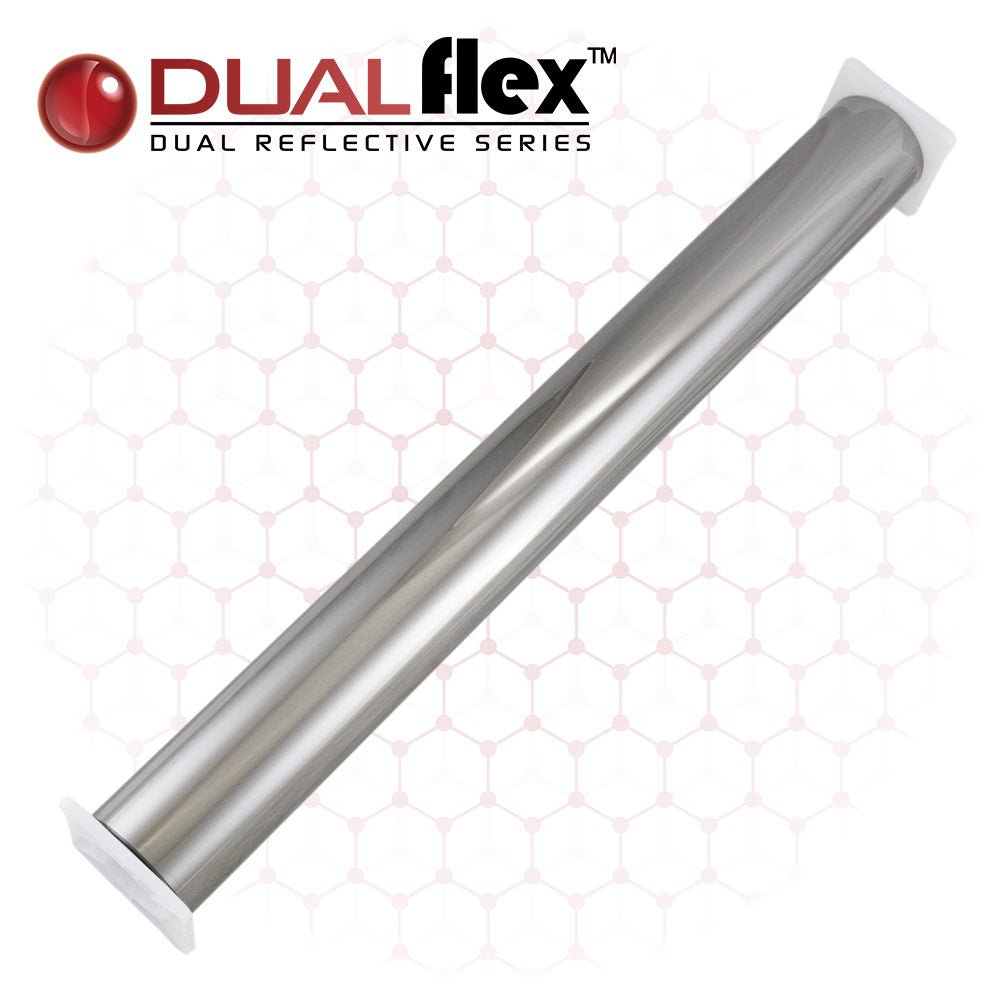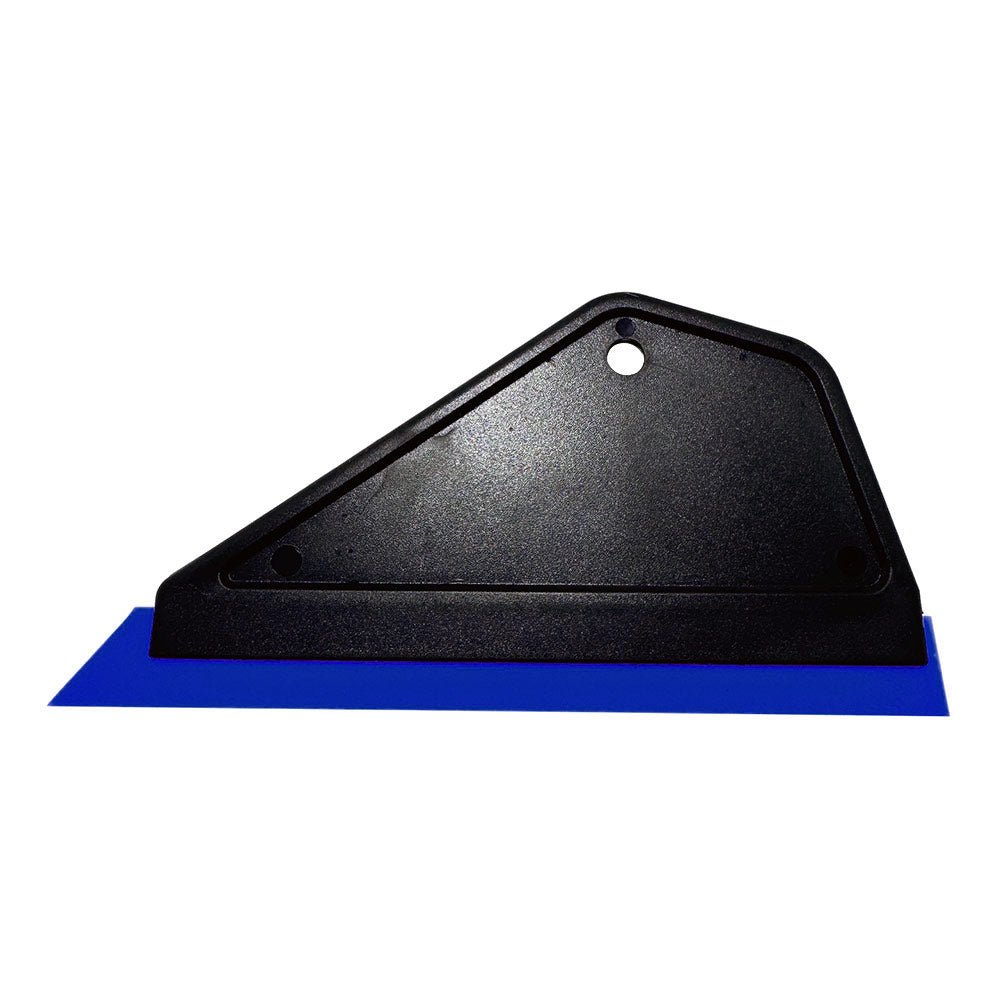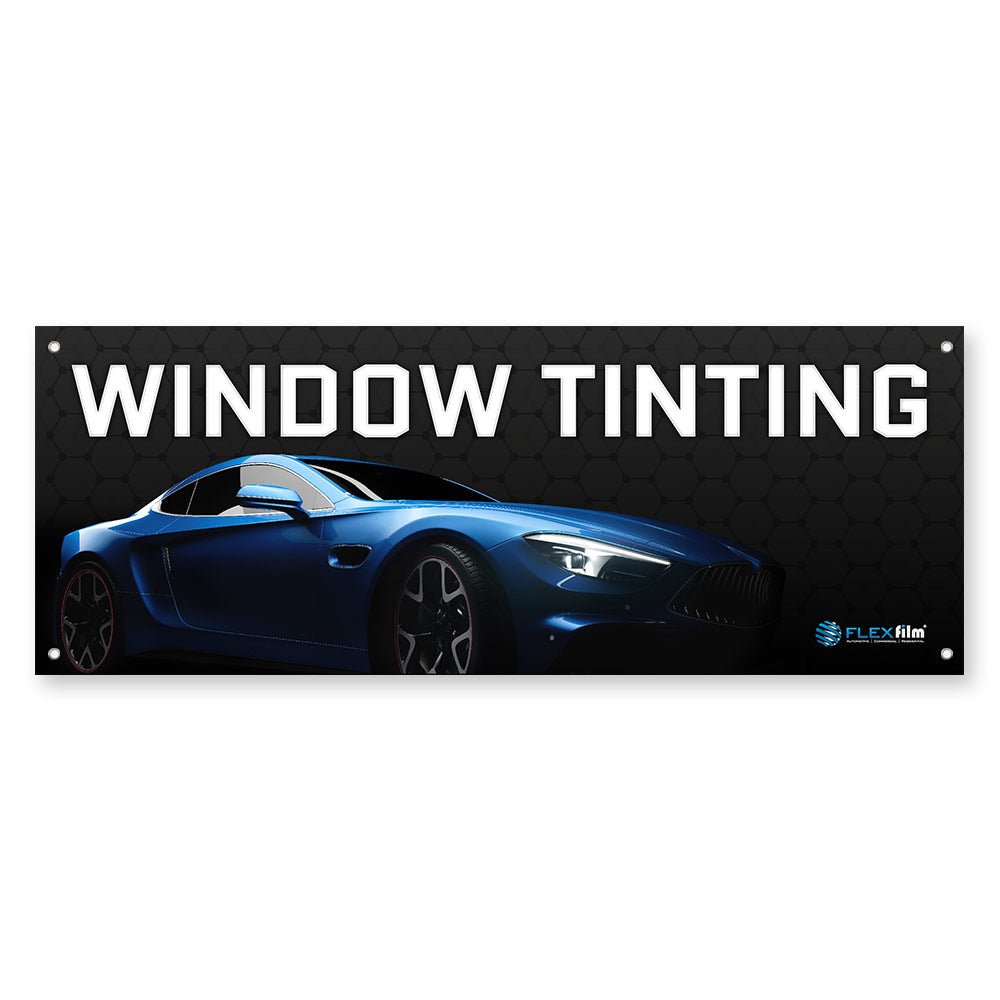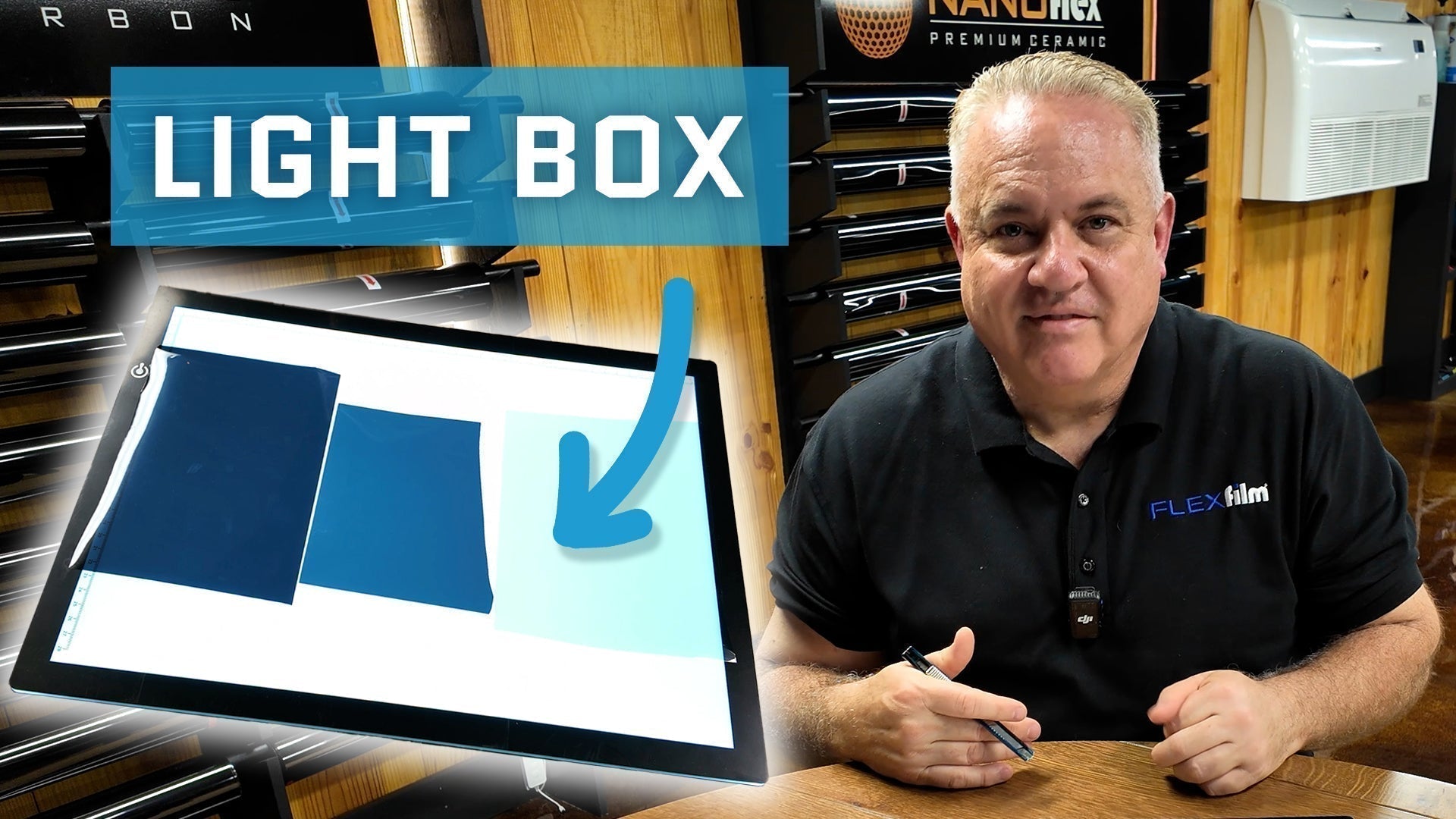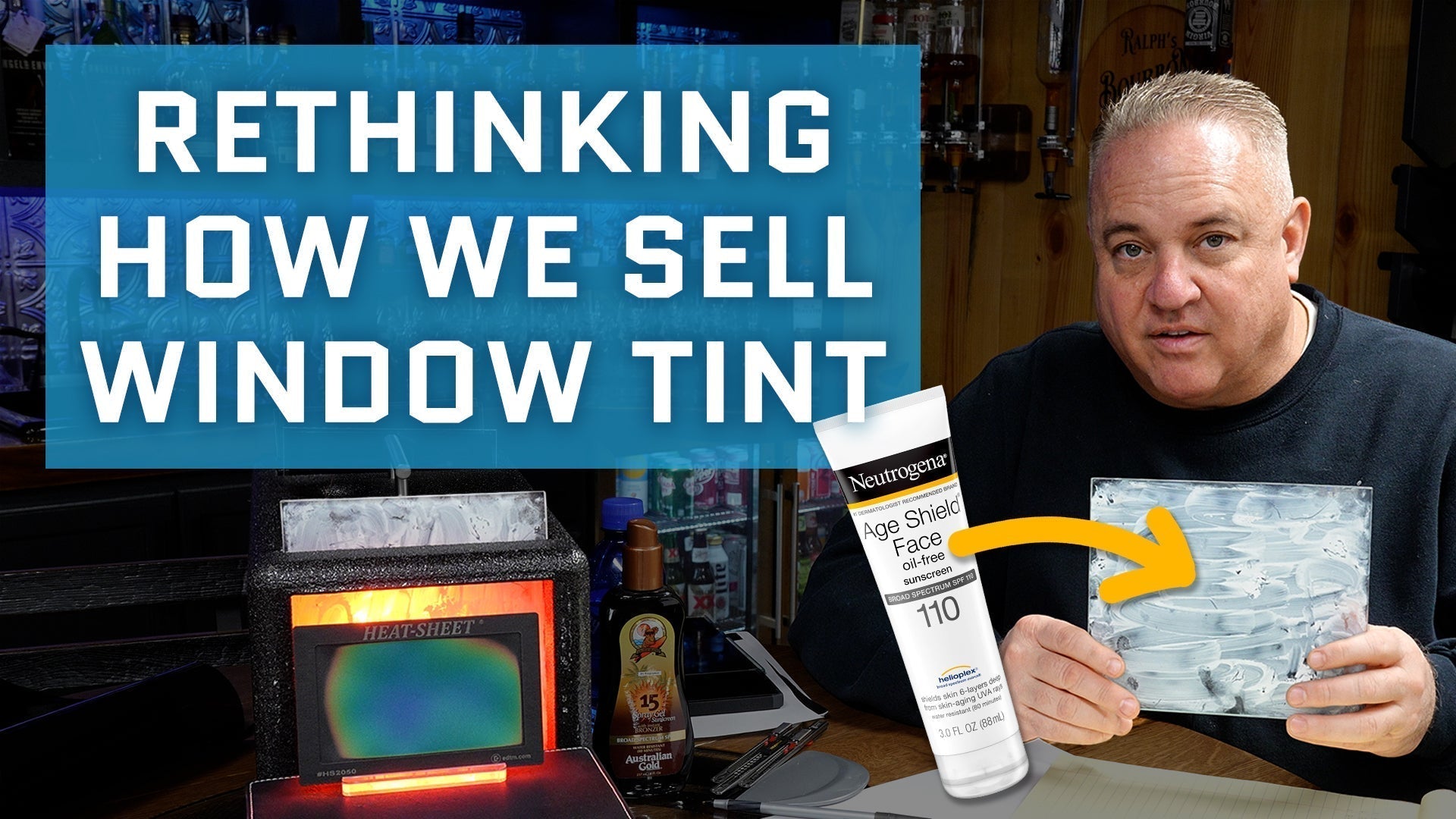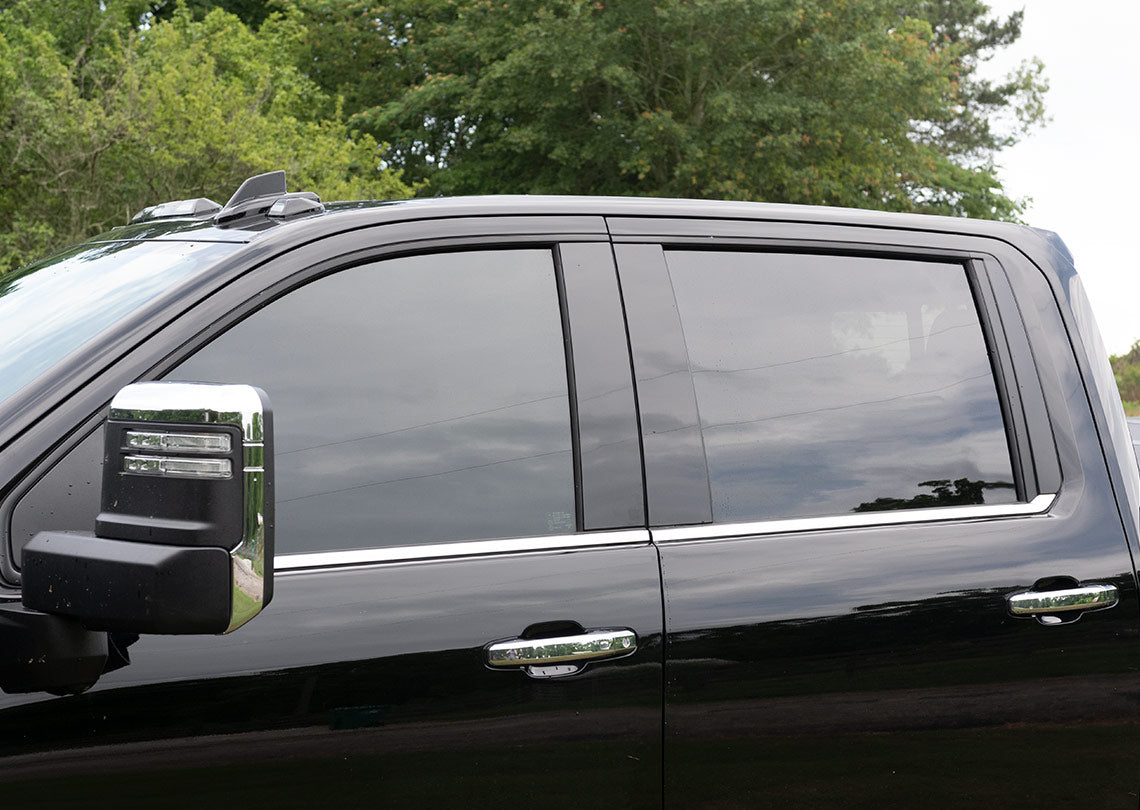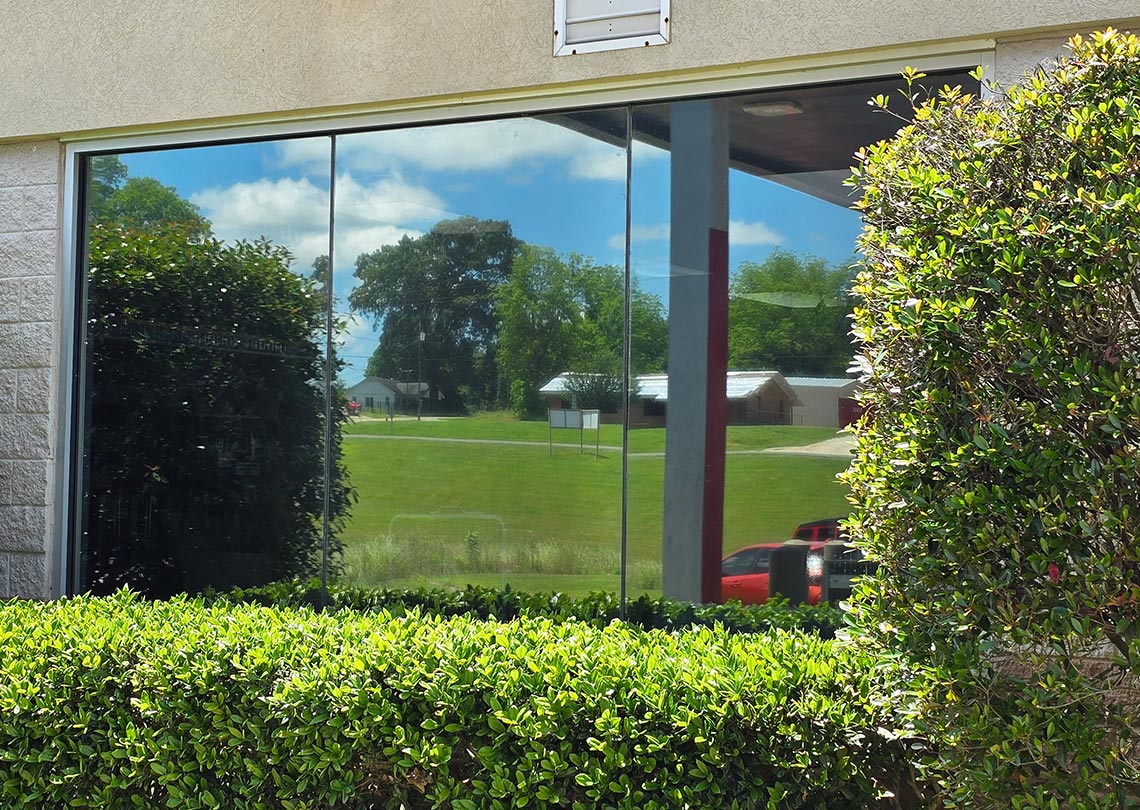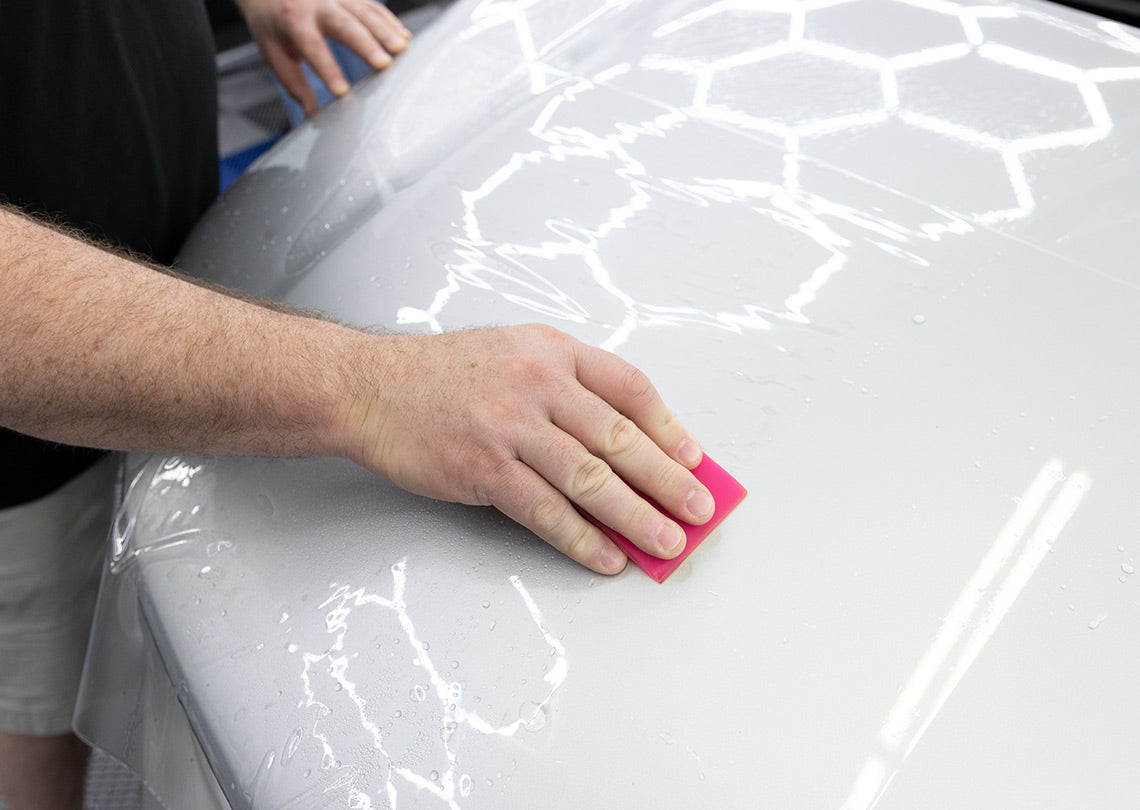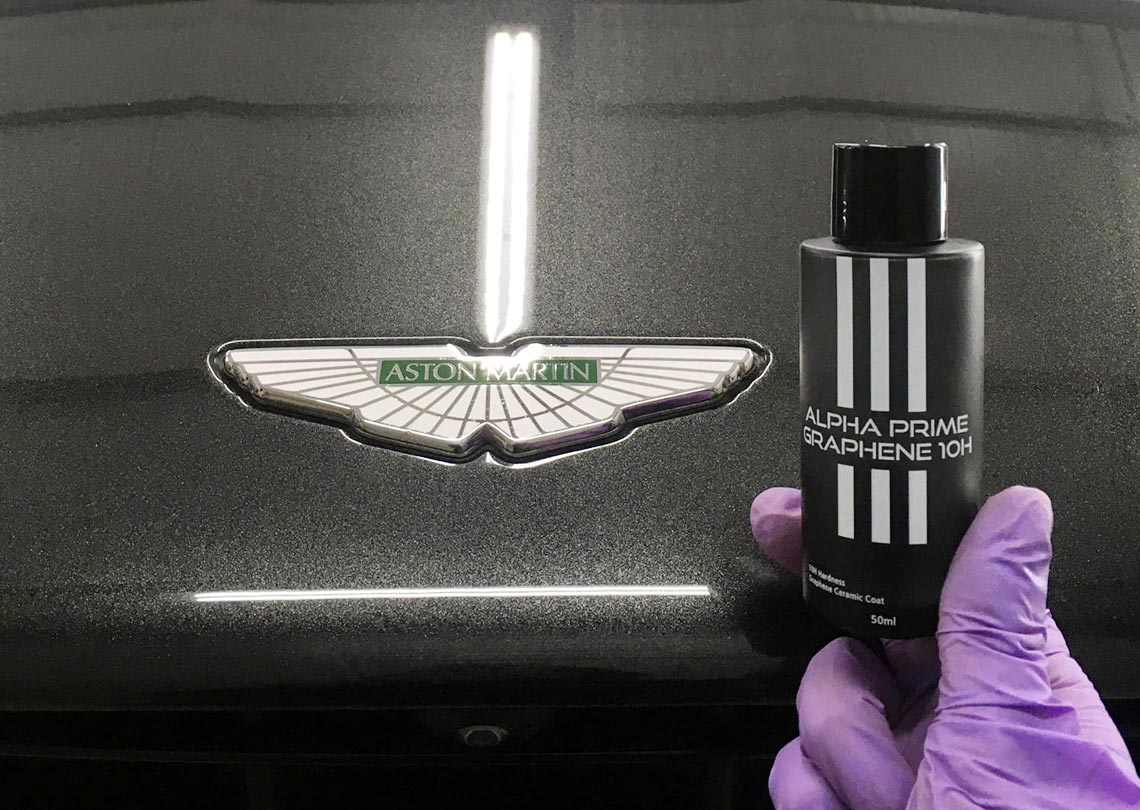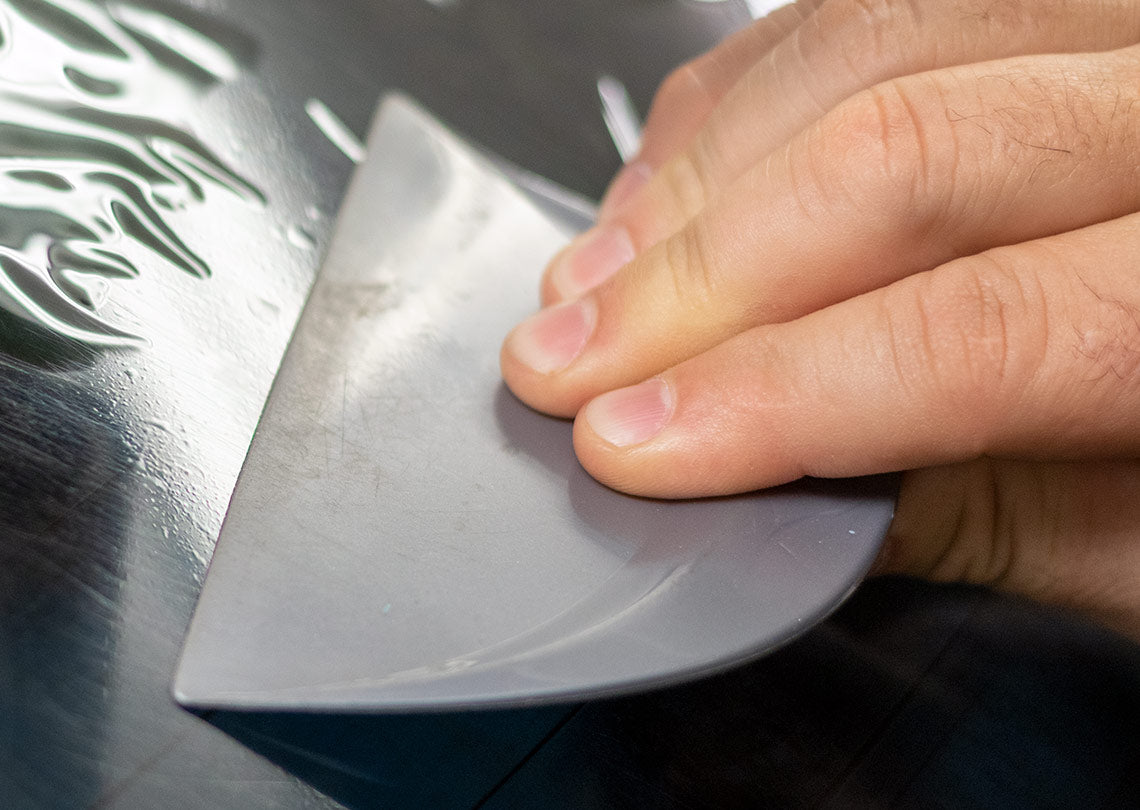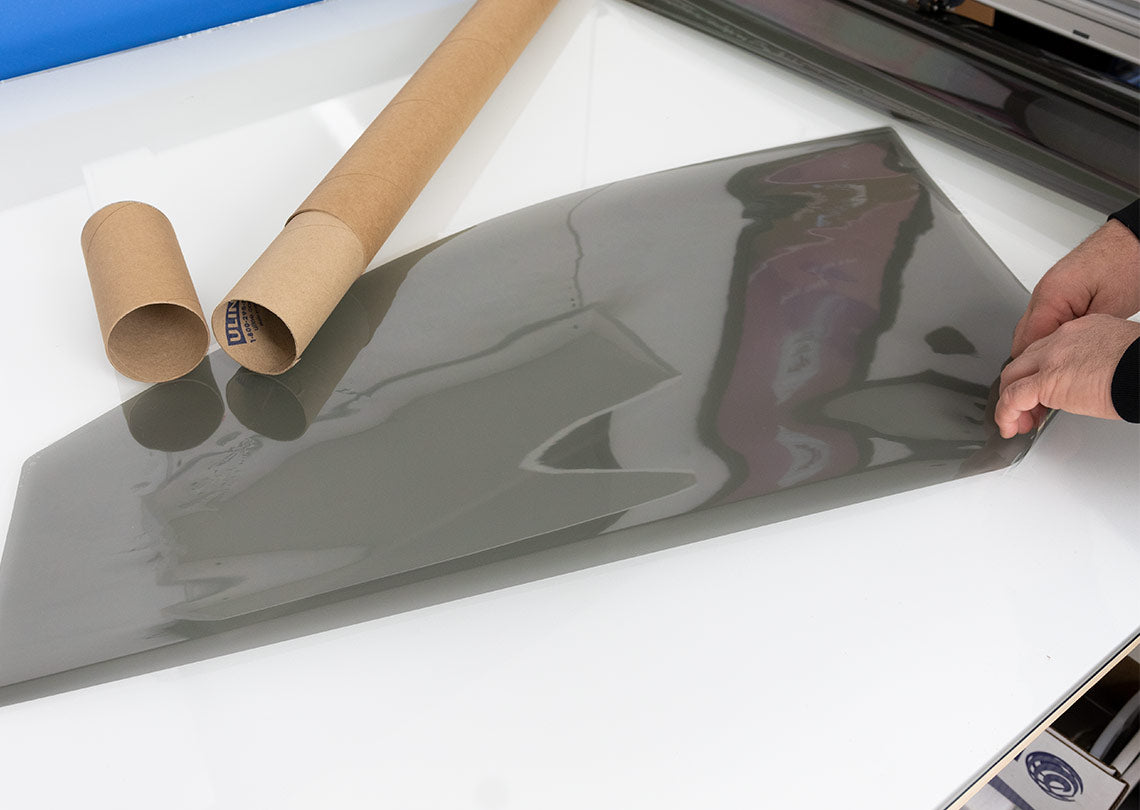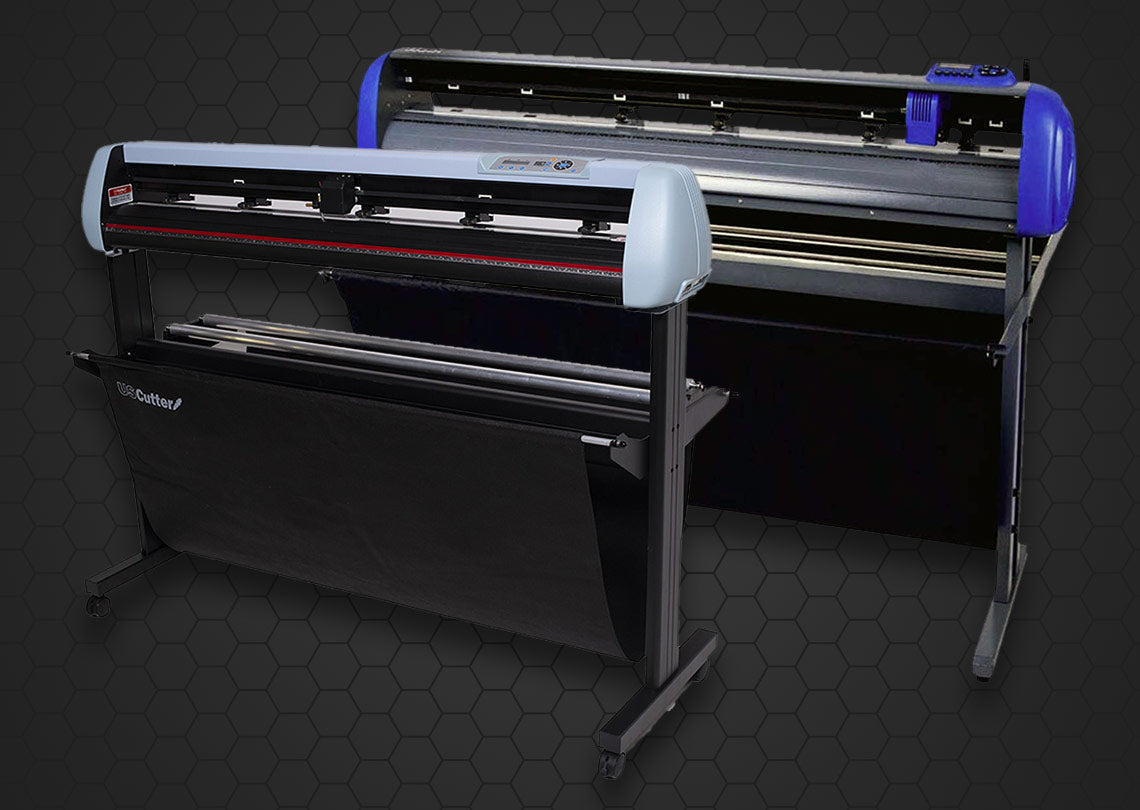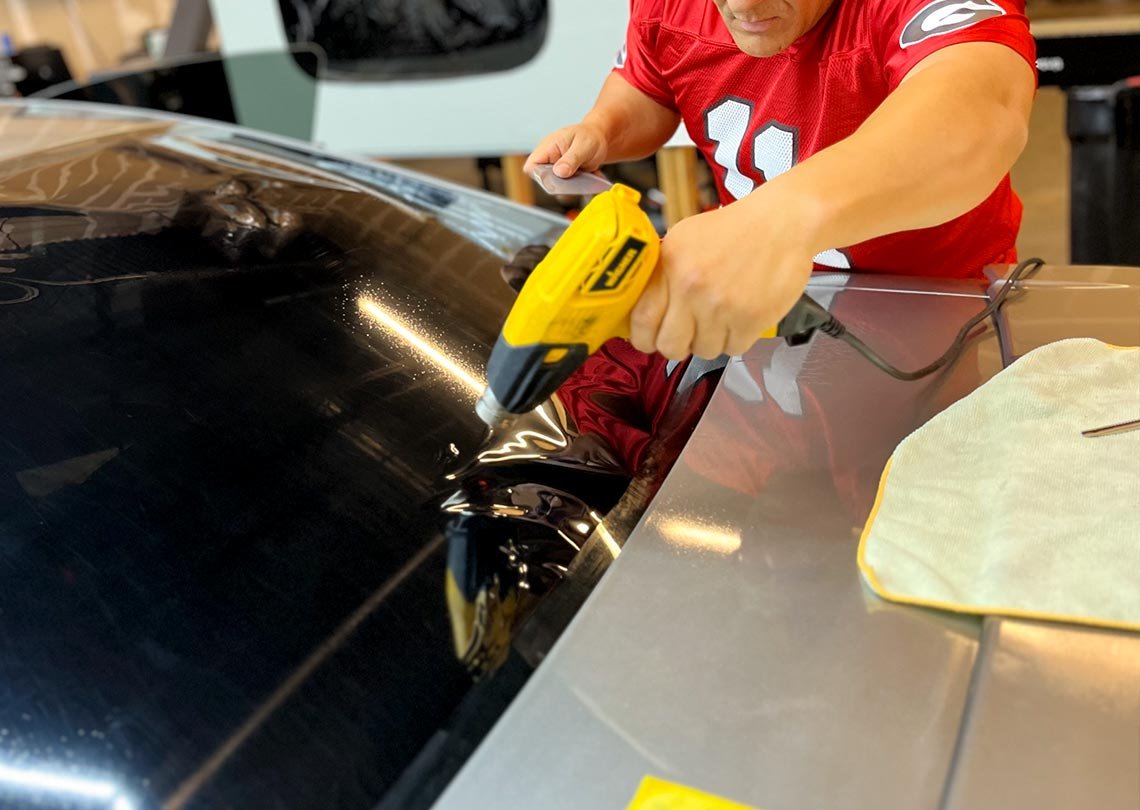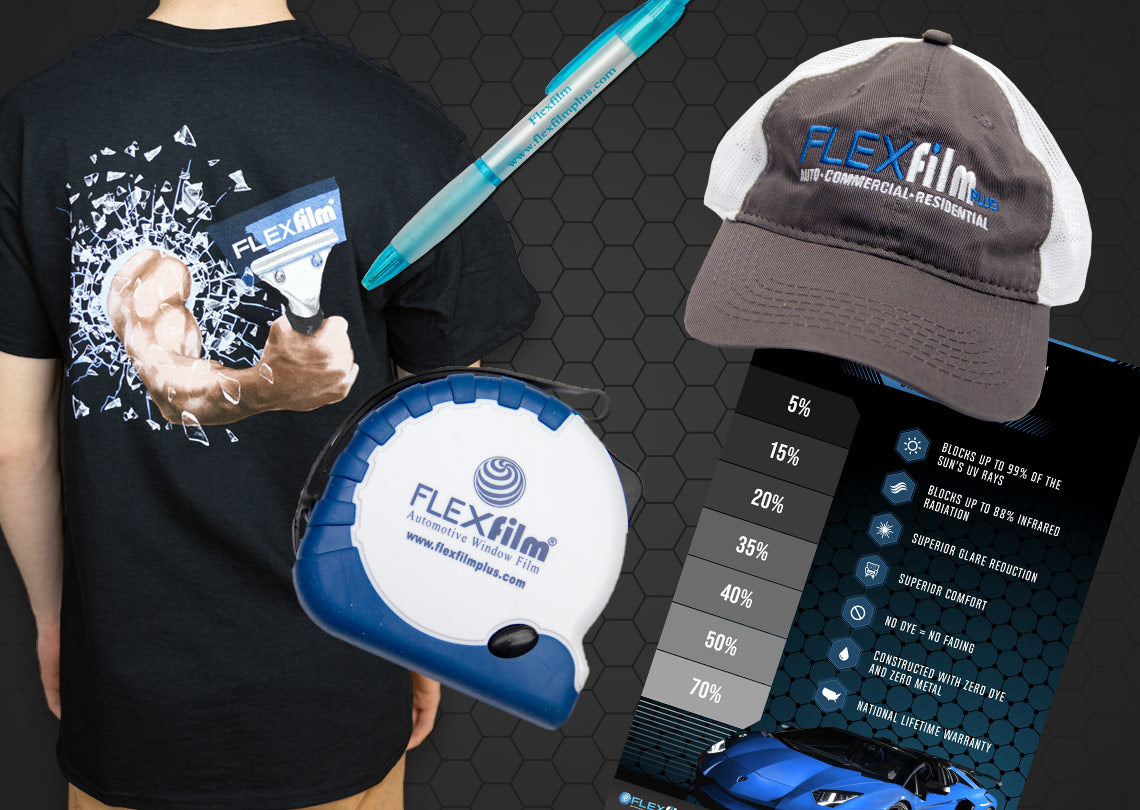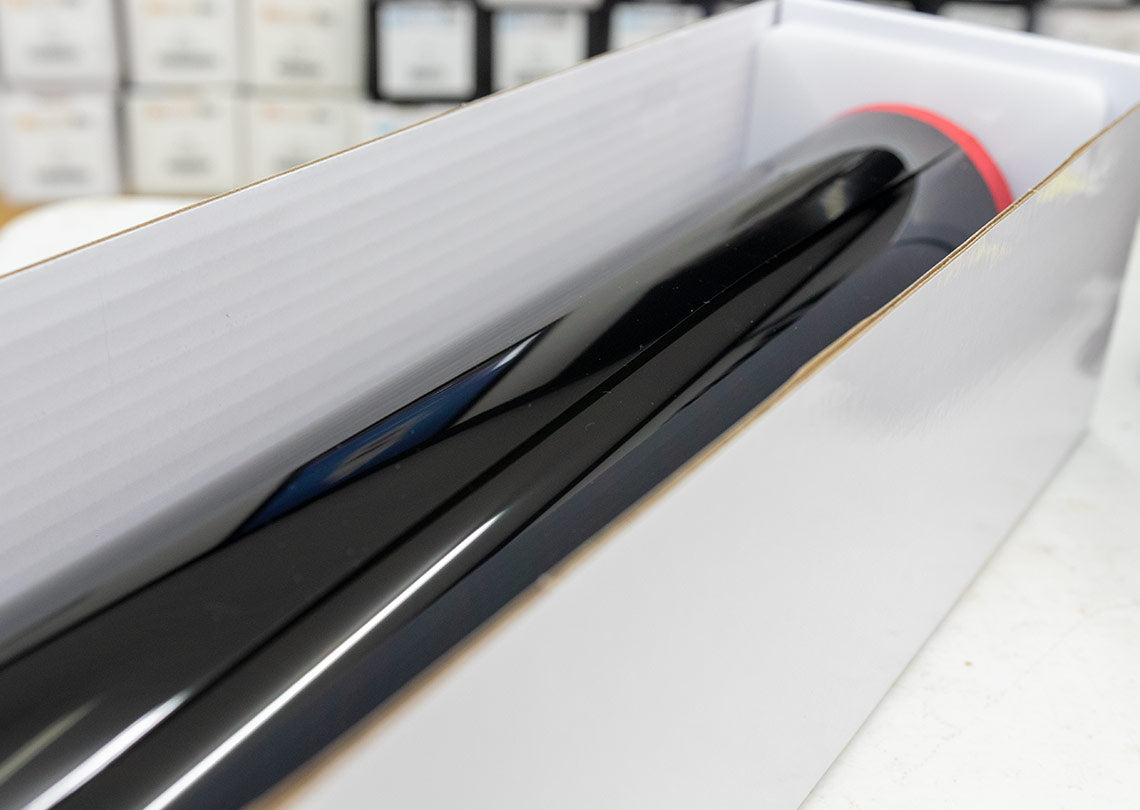"I need an architectural film that's non-reflective..."
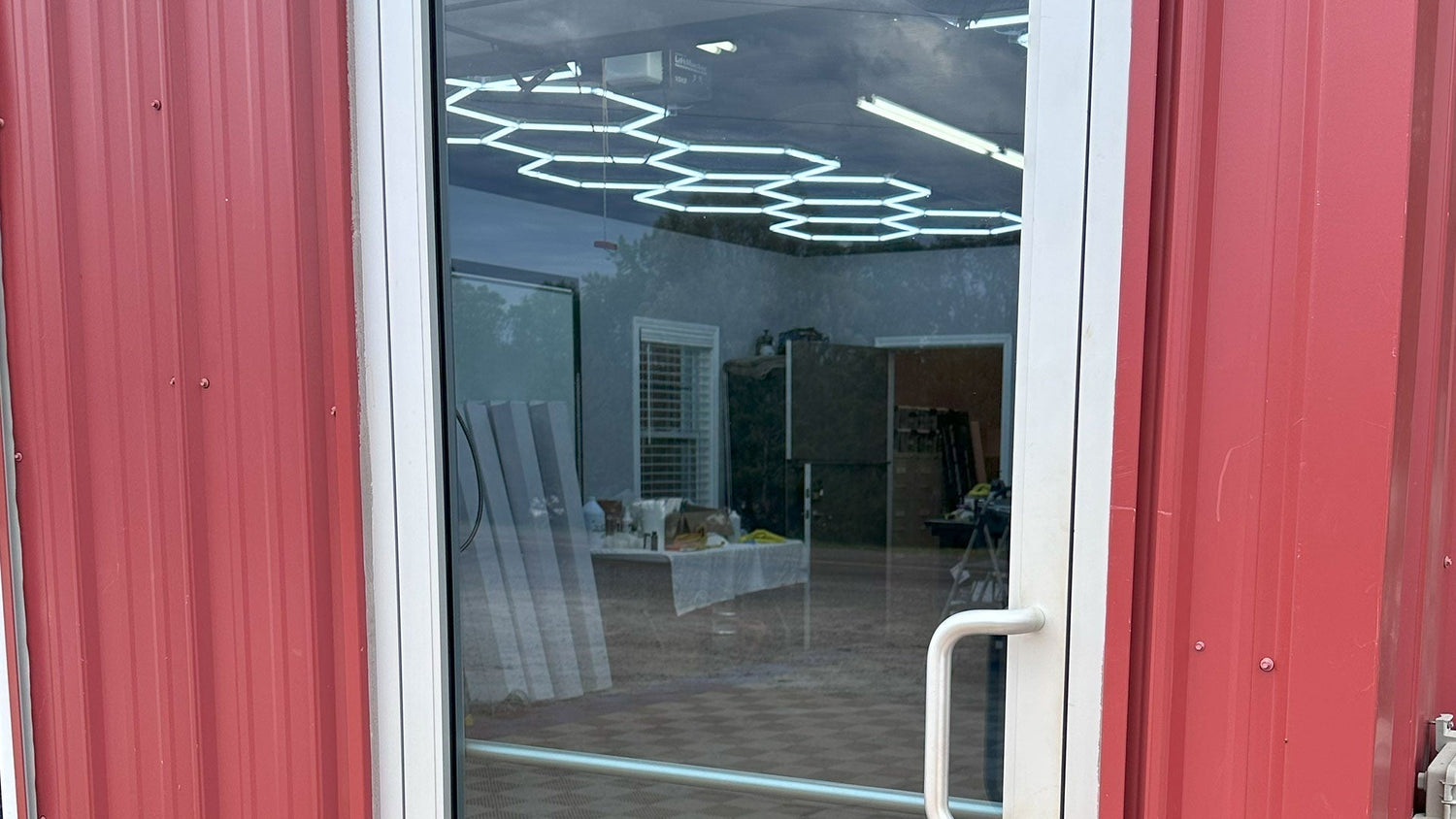
A common question we hear from customers is: "Do you have an architectural window film that's non-reflective but still rejects solar energy?" This is a great question, and the answer requires a bit of understanding about how different window films work.

Why Are Traditional Flat Glass Films Reflective?
Most traditional flat glass films, like our Dualflex, have a reflective appearance because they are designed to manage solar energy by literally reflecting it away from the window. This reflective quality helps to reduce heat gain inside the building, improve energy efficiency, and protect interiors from harmful UV rays.
Reflective films are effective for:
- Heat Rejection: By reflecting solar energy, they help keep the interior cooler and reduce the load on your cooling systems.
- Glare Reduction: Reflective films can also reduce glare, making indoor spaces more comfortable.
- UV Protection: They block a significant amount of UV rays, helping to protect your furnishings and floors from fading.
However, some customers find the reflective aesthetic less desirable, especially for homes or buildings where a more subtle look is preferred.

Non-Reflective Options: Ceramic Window Films
If a non-reflective appearance is what you're after, ceramic window films, like our Panashield, might be the solution. These films provide heat rejection and UV protection without the mirror-like finish of traditional reflective films. However, they work differently than standard flat glass films.
Ceramic Films and How They Work:
- Absorption, Not Reflection: Unlike traditional flat glass, like Dualflex, films that reflect solar energy, ceramic films are designed to absorb it. This technology is similar to how automotive window films work. By absorbing solar energy, ceramic films can still reduce heat and block harmful UV rays.
- Sleek Appearance: Ceramic films, like Panashield, offer a non-reflective, natural look that is often preferred for residential and commercial projects where a less noticeable film is desired.

The Catch: Use Ceramic Films with Caution
While ceramic films are an excellent option for those looking for a non-reflective appearance, they do come with some considerations. Since they absorb solar energy rather than reflect it, they can put more stress on the glass. This is especially important to consider for certain types of glass installations:
- Glass Type Matters: Ceramic films are repurposed from automotive films and aren't specifically designed for architectural use. The absorption of heat can create thermal stress, particularly on larger or more sensitive glass surfaces.
- Consult a Professional: Before applying a ceramic film to flat glass, it's crucial to evaluate the glass type, thickness, and location. Some glass types, such as certain double-pane windows, may not be suitable for films that work primarily through absorption.
The Bottom Line: Finding the Right Balance
If you're looking for a non-reflective window film for your flat glass project, Panashield or Nanoshield can be a great choice. They offer a sleek, subtle appearance while still providing heat rejection and UV protection. However, they do require careful consideration and professional assessment to ensure they are a safe and effective option for your specific glass type.
For those who are open to a slightly reflective finish, traditional flat glass films, like Dualflex or Chromoflex, offer a proven solution for heat rejection without the need for detailed glass assessment.

Need Help Choosing the Right Film?
If you’re unsure which film is best for your project, we’re here to help. Our team can guide you through the options and ensure that you select a film that meets your aesthetic preferences while keeping your glass safe and your space comfortable. Shop our architectural flat glass films here!

Dealer Rewards
Start earning points that can be applied as store credit on your next online purchase.

Order Online 24/7
Shop our products online and check out anytime, 24/7, from anywhere!

Call To Order
Call us directly to place your order during business hours, Monday - Friday, 8:00 AM - 4:00 PM CST.
